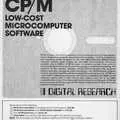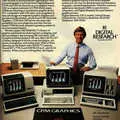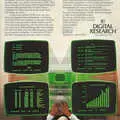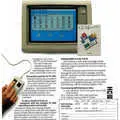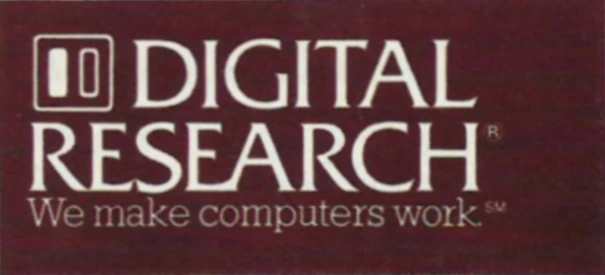
Digital Research Advert - September 1977
From Byte - The Small Systems Journal
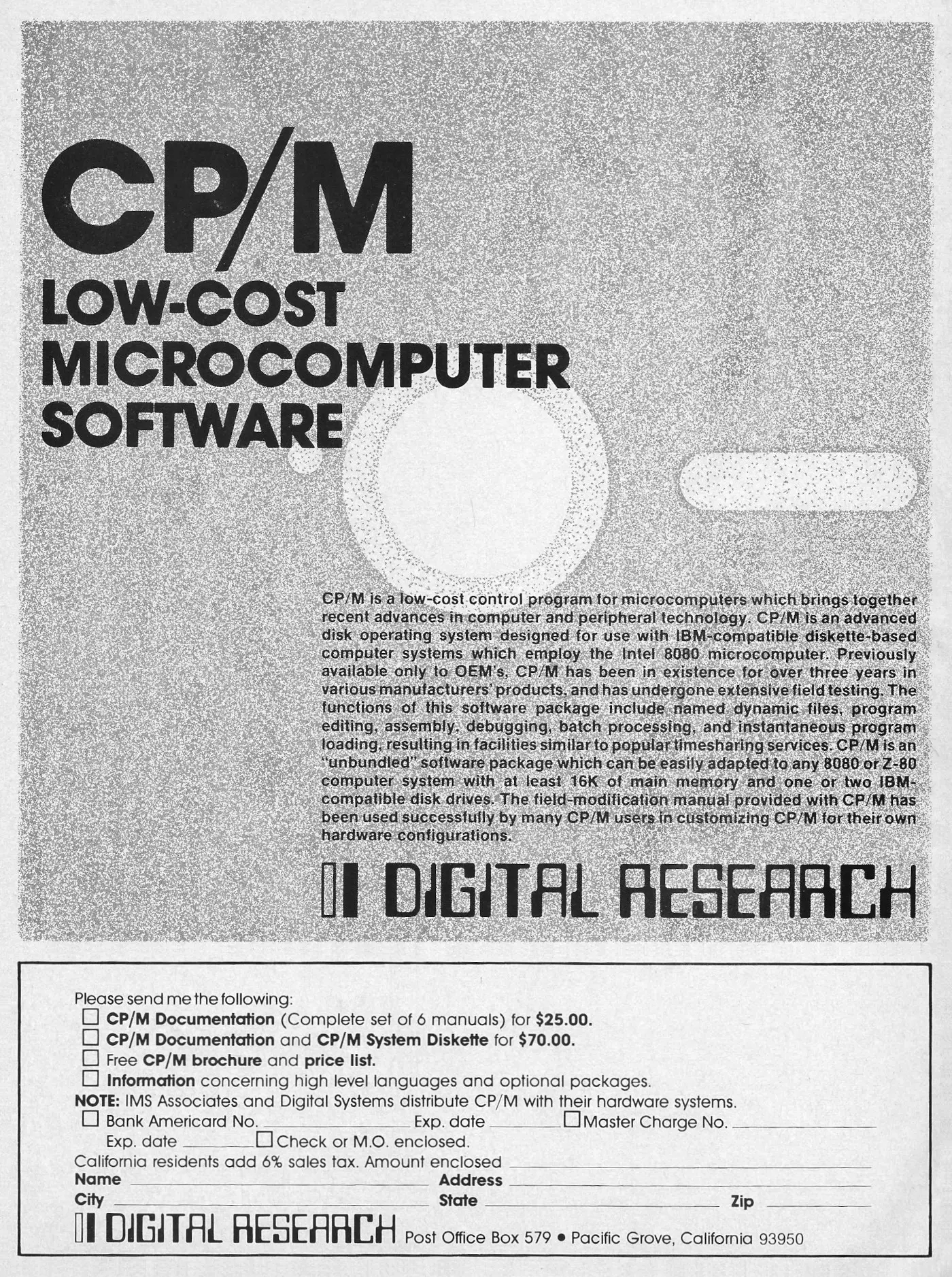
CP/M Low-cost microcomputer software
Called at the time a "control program for microcomputers", hence the initials, CP/M had become the de-facto operating system for many microcomputers of the mid 1970s, following its launch in 1973.
It initially ran on Intel's 8080 CPU, but was later ported to the popular Z80 - which was itself essentially a clone of the Intel processor - after it was launched in 1975.
It also required "IBM compatibility", but not in the modern PC sense - instead it was referring to IBM's floppy disk drive format.
This was relevant because this appears to be the first time that CP/M was being offered direct to consumers, as before it was only available to OEMs - that is it would come pre-bundled with an off-the-shelf micro.
There seems to be a caveat with this, as the advert states that CP/M is an unbundled software package "which can be easily adapted to any 8080 or Z80 computer system with at least 16K memory".
Founded by Gary Kildall and his wife Dorothy as Intergalactic Digital Research in 1976, in order to capitalise on the growth of CP/M, Digital Research's popular software would eventually be cloned by Seattle Computer Products, renamed as QDOS - for Quick-and-dirty Disk Operating System - and then licenced, and eventually sold, to Microsoft.
Microsoft then sold it on to IBM as the operating system for its new 5150 PC in 1981, which it called PC-DOS.
Unfortunately for DR, whilst CP/M was actually offered as an option on the IBM PC, its retail price was set artificially high at $240 (about £850 in 2025), compared to PC-DOS's $40 (£120), so unsurpisingly it didn't sell too well[1].
Microsoft kept the rights to licence its operating system to other companies, and so it eventually started selling it directly to manufacturers and consumers as MS-DOS - just like how CP/M went from OEM to end-user.
Kildall wrote of this history in an interview for April 1989's Computer Shopper:
"In the early days, MS-DOS was a duplication of CP/M functionality, but at that time there was a much freer atmosphere as to what you could, or could not do with other people's concepts. This was especially true in software and there were many CP/M clones. I don't feel IBM did anything wrong - that is the way business is, and you have to make the best of it".
Digital Research never really recovered from the loss of this opportunity, although it continued with several more versions of CP/M, and was still selling its DR-DOS into the early 90s.
The company did however have a modest run of success with its GEM "graphical environment manager" and GEOS operating system, which was developed with Atari and used on the famous Atari ST.
The floppy-disc-based CP/M software, along with documentation, retailed for $70. That's around £420 in 2025.
Date created: 06 December 2023
Last updated: 17 October 2025
Hint: use left and right cursor keys to navigate between adverts.
Sources
Text and otherwise-uncredited photos © nosher.net 2025. Dollar/GBP conversions, where used, assume $1.50 to £1. "Now" prices are calculated dynamically using average RPI per year.
